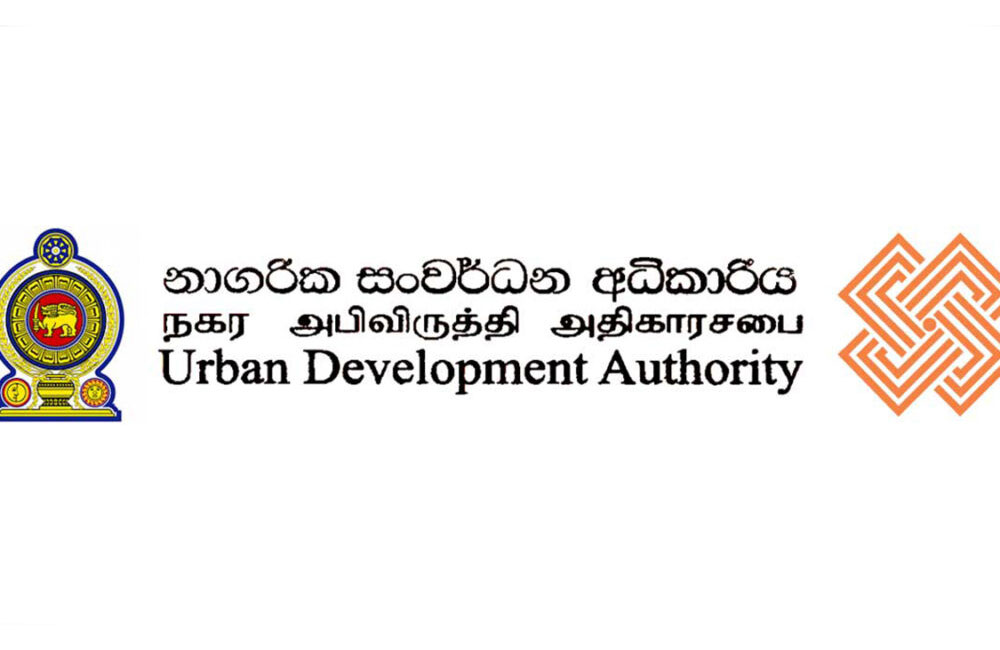In a bold move, the Urban Development Authority (UDA) has begun proceedings to blacklist construction companies amid mounting concerns that the Ministry of Finance is unable to discharge billions of rupees owed to contractors engaged in ongoing development works. The decision places a harsh spotlight on a sector already stretched by stalled payments and unfinished infrastructure.
According to reports, the government currently owes around Rs 150 billion for completed public construction work including road and building projects accrued since 2019. In response, Treasury officials have flagged plans to roll out allocations running to tens of billions of rupees and to raise funds via treasury bonds to begin addressing arrears.
While the UDA’s sanctioning of blacklists is framed as a deterrent against shoddy contractor performance, analysts warn the timing is fraught: many firms are already financially fragile due to payment delays and remain central to the delivery of key public projects.
Crucially, large-scale road and highway schemes under the oversight of the Road Development Authority (RDA) and other agencies remain dependent on these contractors. The RDA remains the principal body responsible for the national highway network under the Ministry of Highways.
A review of major development projects through the Ministry of Finance shows significant under-execution in recent years, raising doubts over whether the government is in a position to clear dues while sustaining new rollouts.
Ahead of the 2026 budget, the UDA and the Ministry of Urban Development, Construction and Housing held pre-budget discussions in August 2025. The review flagged numerous unfinished housing, sanitation and bridge projects and emphasised the need to expedite disbursements and payment flows.
The collision of obligations is stark: on one hand, the UDA is moving to curb contractor malpractices through blacklisting; on the other, the contracting base is under pressure as unpaid dues undermine cash flows, threaten project continuity and risk a wave of contractor defaults.
The dues problem extends beyond the UDA’s purview government-led road rehabilitation programmes, for example, were noted in 2024 to face overdue payments nearing the hundred-billion-rupee mark.
For roads and highways specifically, the stalled contractor payments inject uncertainty into sub-contracts and maintenance works, indirectly affecting the UDA’s urban infrastructure portfolio. The fiscal squeeze means that even when allocations are made, the rate of release and actual progress lag behind.
Going into the 2026 budget, several dynamics will matter: whether the government creates a formal repayment schedule for outstanding dues, whether contractor blacklisting comes with safeguards for small and medium-sized firms, and how the UDA aligns its enforcement drive with the wider fiscal constraints facing the finance ministry.
Without a credible plan to clear dues, the blacklist strategy while symbolically strongrisks targeting under-capitalised firms already reeling from payment delays.
In summary, the UDA’s intervention to discipline the contracting sector arrives against a backdrop of billions in unpaid state obligations, stalled infrastructure deliveries and mounting pressure on the public finances.
The 2026 budget will be closely watched for whether it addresses the payment backlog and how it balances regulatory enforcement with the need to preserve the contracting ecosystem critical for infrastructure delivery.

Leave your comments
Login to post a comment
Post comment as a guest